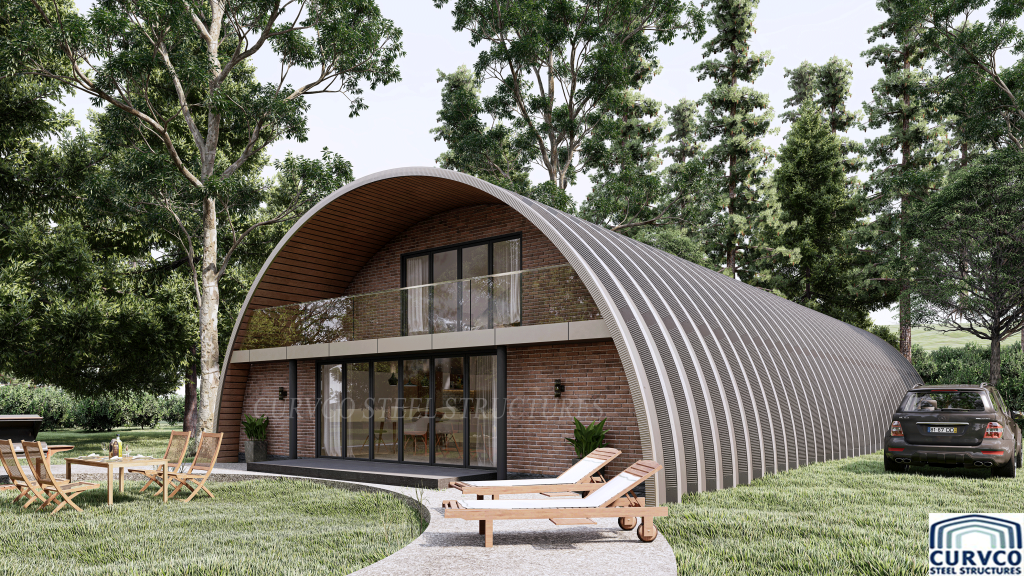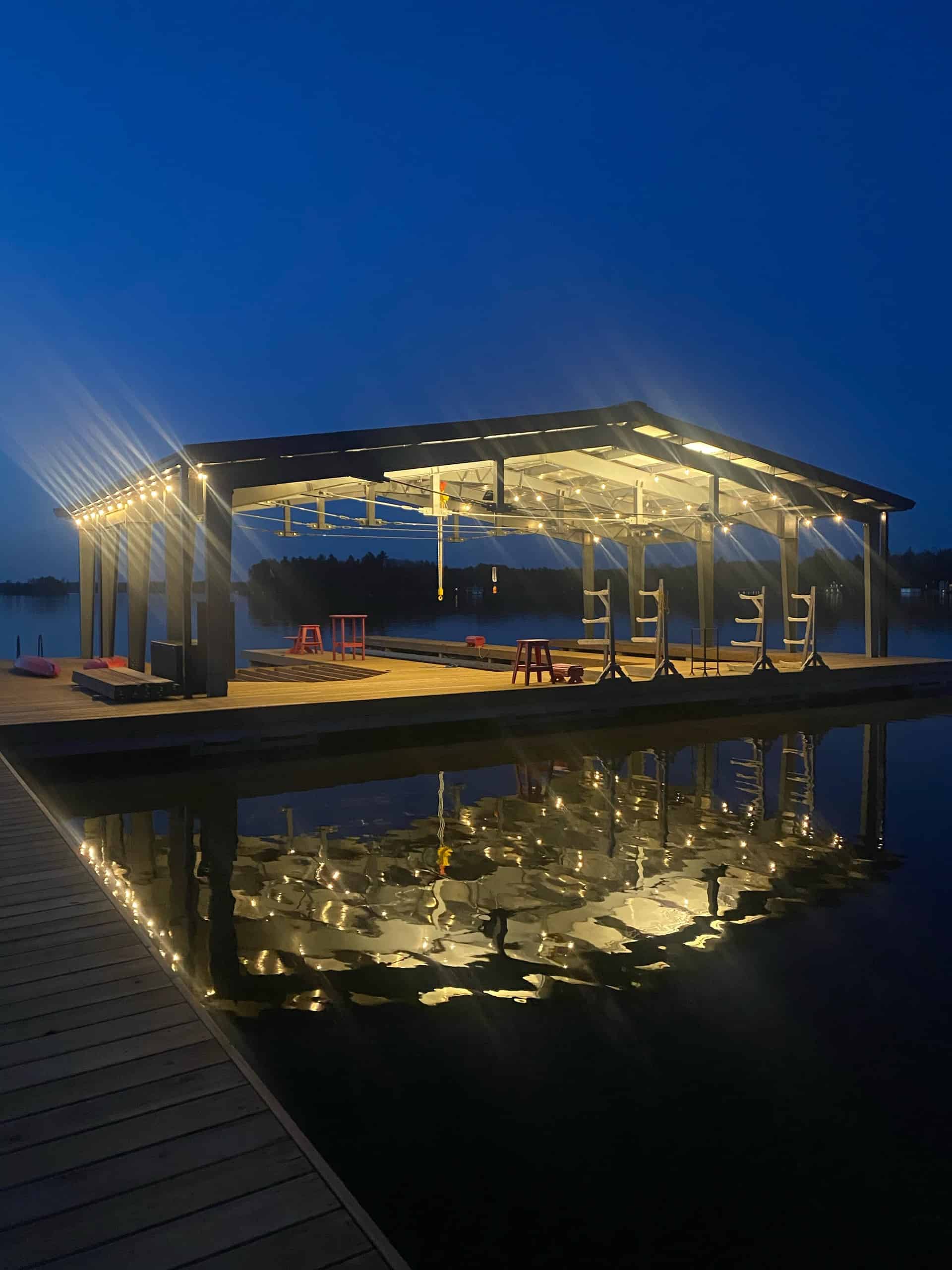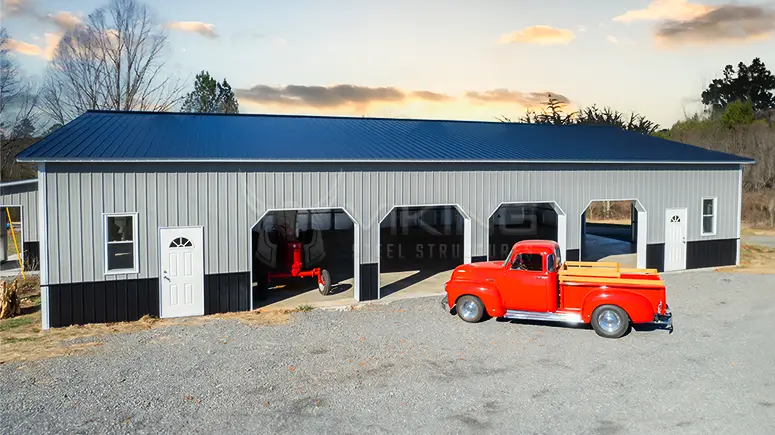Budget-friendly Steel Buildings: Economical Solutions for Your Building And Construction Needs
Budget-friendly Steel Buildings: Economical Solutions for Your Building And Construction Needs
Blog Article
The Competitive Benefit of Steel Buildings: Why Select This Superior Choice
Steel structures have actually emerged as an engaging selection in the realm of building and construction for a multitude of factors. From their durable resilience to cost-effectiveness and sustainable attributes, steel frameworks offer a series of benefits that establish them apart in the market. The competitive side that steel buildings hold expands far beyond their initial allure, making them a favored option for those seeking longevity and adaptability in their building tasks. As we explore the realm of steel buildings, it comes to be noticeable why this premium choice has amassed substantial attention from engineers, developers, and engineers alike.
Sturdiness and Long Life
In the realm of building, long life and durability are fundamental aspects that emphasize the worth recommendation of steel structures. Steel is renowned for its toughness and capacity to withstand various ecological problems, making it an excellent option for resilient structures. Unlike standard materials like wood or concrete, steel does not warp, fracture, or rot in time, ensuring that a steel building stays structurally audio for years.
One crucial element adding to the durability of steel structures is their resistance to bugs such as termites, which can create considerable damages to wooden structures. Steel is additionally non-combustible, lowering the risk of fire damage and boosting the safety and security of inhabitants. In addition, steel structures call for minimal upkeep contrasted to other building and construction products, conserving both time and money in the future.
Additionally, improvements in steel manufacturing modern technology have further improved the longevity of steel buildings by improving rust resistance and architectural stability. With correct care and upkeep, a well-constructed steel structure can last more than half a century, offering a dependable and sturdy option for various building and construction demands.
Cost-Effectiveness
With its various economic benefits, steel as a building product provides a compelling cost-effective solution for different building jobs. The cost-effectiveness of steel buildings comes from numerous vital factors. Firstly, the initial price of steel may be greater than some typical materials, however the lasting cost savings are considerable. Steel structures need very little upkeep, decreasing fixing and replacement costs with time. Furthermore, steel is highly sturdy, which converts to decrease insurance costs due to lowered risk of damages from elements such as fire, bugs, and natural catastrophes.
Moreover, the building procedure with steel is faster and much more efficient contrasted to various other materials, leading to decreased labor prices and earlier task conclusion. Steel buildings are likewise energy-efficient, permitting for financial savings on home heating and air conditioning expenditures. The convenience of steel allows for easy growth or adjustment, saving money on future construction costs by removing the requirement for comprehensive restorations. Generally, the cost-effectiveness of steel structures makes them a clever financial investment for various construction needs.
Versatility in Style
The flexibility of steel as a building product permits for a wide range of cutting-edge layout opportunities in building and construction tasks. Steel structures use unmatched adaptability in style, making them a recommended selection for home builders and architects.
Steel's versatility likewise permits modification to fulfill certain design demands. Whether it's curved roofs, complex facades, or distinct geometric shapes, steel can be molded to bring practically any type of style principle to life. Furthermore, steel structures can be conveniently broadened or modified, supplying future flexibility for adapting to changing demands.
Moreover, the use of steel in construction enables sustainable layout techniques. Steel is extremely recyclable, minimizing environmental influence and promoting eco-friendly construction. this post Its longevity and resistance to deterioration make certain that steel buildings preserve their visual appeal and architectural integrity for years ahead. Inevitably, the flexibility of steel in layout not only enhances the aesthetic charm of structures but additionally adds to their long life and capability.

Lasting Building And Construction Practices
Structure upon the structure of flexibility in layout, lasting construction practices in steel buildings play a critical duty in mitigating environmental impact and promoting lasting green services. When steel structures reach the end of their lifecycle, the steel parts can be recycled and made use of in brand-new building tasks, reducing the demand for raw products and decreasing waste. Additionally, the energy effectiveness of steel buildings adds to sustainability initiatives.

Rapid Building Timeline

Furthermore, the streamlined process of erecting steel structures reduces building time substantially. The simpleness of steel structure layout and the convenience of setting up contribute to faster job completion, making it a suitable selection for customers with time-sensitive demands (steel buildings). Furthermore, the capability to service various elements simultaneously, such as website prep work and foundation construction along with steel construction, further accelerates the overall construction timeline
Verdict
In conclusion, steel structures supply a competitive benefit due to their toughness, cost-effectiveness, versatility in design, lasting building and construction methods, and quick building and construction timeline. These factors make steel structures a remarkable option for different building tasks, giving lasting advantages and worth. Choosing steel buildings can lead to enhanced efficiency, performance, and sustainability in the building sector.
Unlike typical products like timber or concrete, steel does not warp, split, or rot over time, making sure that a steel structure continues to be structurally sound for decades.
The flexibility of steel as a structure product enables for a vast variety of innovative design opportunities in building jobs.Building upon the foundation of convenience in layout, lasting construction techniques More about the author in steel buildings play an published here essential function in mitigating ecological impact and advertising long-term green options. When steel structures get to the end of their lifecycle, the steel elements can be reused and used in new building and construction projects, minimizing the need for raw materials and reducing waste.In conclusion, steel buildings use a competitive advantage due to their sturdiness, cost-effectiveness, flexibility in style, lasting building and construction methods, and fast construction timeline.
Report this page